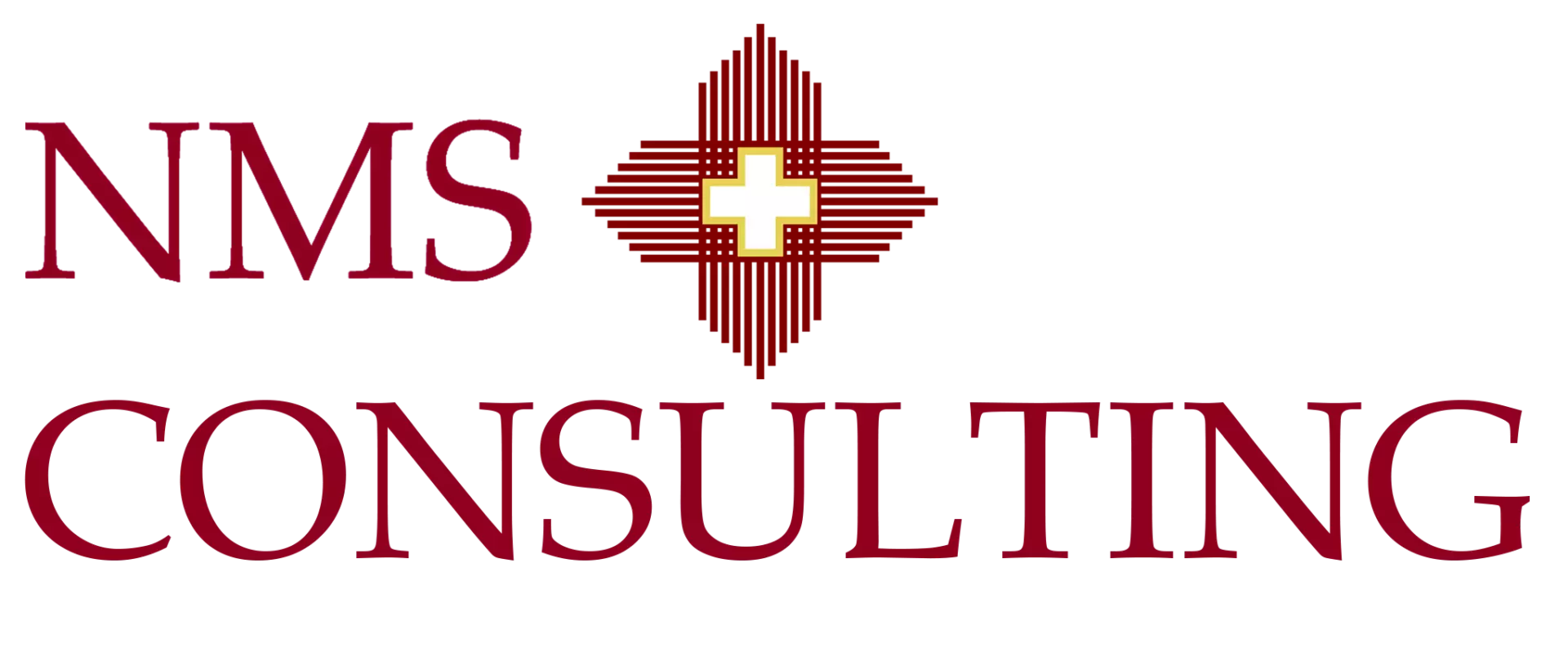Breaking Into a Market Guide 2025: Research, TAM, Positioning, Pricing, Channels and Launch

Published: • Updated:
Market entry works when you pick a winnable wedge, shape a localized offer and price, choose the right routes to market, and time box execution. Start with bottoms up demand sizing, a proof of value design, and a 30/60/90 plan that pairs no regret moves with guardrails for supply, quality, and brand.
Want a market entry blueprint with CFO ready sizing and a launch calendar? Talk to a consultant
| Finding | Figure or Point | Source |
|---|---|---|
| Start with a bottoms up opportunity view by segment and route to market | Market potential built from micro segments | Bain |
| Localize offer and operations for foreign markets | Decision model for market selection and adaptation | HBR 2024 |
| GTM should embed digital capabilities across sales and marketing | Modern enterprise GTM capabilities and talent | McKinsey 2022 |
| Emerging markets need distinct channel and partner playbooks | Six GTM strategies highlighted by BCG | BCG 2025 |
Why This Topic Matters in 2025
Growth is uneven across categories and distribution is fragmenting. New entrants win by focusing on a tightly defined wedge, validating the offer with real customers, and scaling through the few channels that actually move results while building localization and compliance into the plan from the start.
30/60/90 Market Entry Playbook
First 30 days: Choose a winnable wedge and prove value
- Where to play: Build a bottoms up TAM and SAM view by segment and route to market. Shortlist one or two wedges with clear pain and economic buyers reference.
- What to sell: Define a localized minimum sellable product covering offer, pricing, proof. Align packaging, service levels, and onboarding to the local context reference.
- How to prove it: Design three to five lighthouse customers with measurable outcomes and publicly usable proof points.
Days 31 to 60: Build routes to market and first revenue
- RTM choices: Direct vs partner vs marketplace. Staff enablement, incentives, and guardrails. Stand up simple partner tiering and rules of engagement reference.
- Digital GTM: Instrument demand generation, self service motions where relevant, and sales ops from day one including attribution, intent, win loss, and cohort LTV reference.
- Pricing: Publish entry pricing and fences. Test monetization mechanics such as bundles or usage tiers with willingness to pay interviews.
Days 61 to 90: Scale the play and lock in operations
- Scale: Replicate the wedge play to adjacent segments. Expand routes that convert. Retire channels that do not.
- Localization and compliance: Codify local content, service levels, and regulatory needs such as tax, data, and labeling into playbooks reference.
- Operating cadence: Weekly pipeline and win loss. Monthly pricing and channel health. Quarterly market reset.
Levers to Break In and Stay In
Demand and product
- Problem and solution narratives by segment. Localized onboarding and success plans.
- Proof architecture: case studies, ROI calculators, references, certification badges.
Routes to market
- Direct, partner, marketplace, and ecosystem co sell. Tiering, incentives, and MDF.
- Field enablement: playbooks, demo assets, competitive traps, objection handling.
Pricing and packaging
- Entry packs to reduce friction. Price fences and value metrics. Regional price corridors.
- Promotions that create urgency without harming long term ARPU.
Want a market specific entry plan? We will build a bottoms up sizing, a wedge offer, and a 13 week GTM launch, then stay until the first lighthouse wins close.
Related Reading
- Market Entry Strategy: Mastering Business Expansion
- Market Entry Strategy and Business Expansion
- What is the Best Market Entry Strategy for My Business?
- Market Entry Strategy Consulting
- How Management Consultants Help Businesses with Market Entry
- Marketing and Sales
Sources
- Harvard Business Review. A Model for Expanding Your Business into Foreign Markets (2024). https://hbr.org/2024/05/a-model-for-expanding-your-business-into-foreign-markets
- BCG. Six Winning Go-to-Market Strategies for Emerging Economies (2025). https://www.bcg.com/publications/2025/six-winning-gtm-strategies-for-emerging-economies
- McKinsey. The digital reinvention of enterprise tech go to market (2022). https://www.mckinsey.com/industries/technology-media-and-telecommunications/our-insights/the-digital-reinvention-of-enterprise-tech-go-to-market
- Bain. Market Opportunity Definition. https://www.bain.com/consulting-services/customer-strategy-and-marketing/go-to-market-strategy/market-opportunity-definition/
About the Author
Aykut Cakir, Senior Partner and Chief Executive Officer, has a demonstrated history in negotiations, business planning, business development. He has served as a Finance Director for gases & energy, pharmaceuticals, retail, FMCG, and automotive industries. He has collaborated closely with client leadership to co-create a customized operating model tailored to the unique needs of each project segment in the region. Aykut conducted workshops focused on developing effective communication strategies to ensure team alignment with new operating models and organizational changes.




